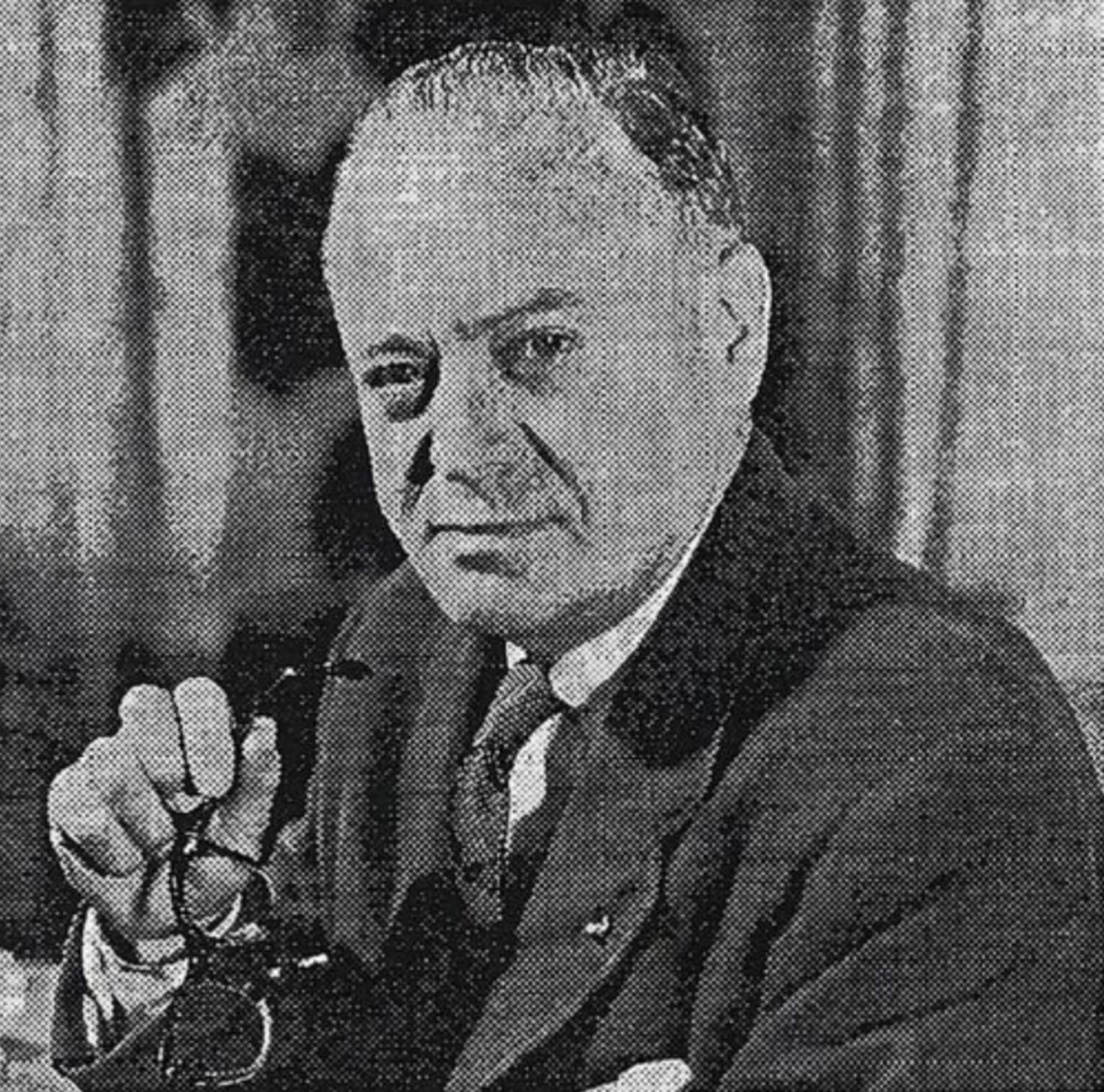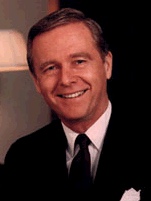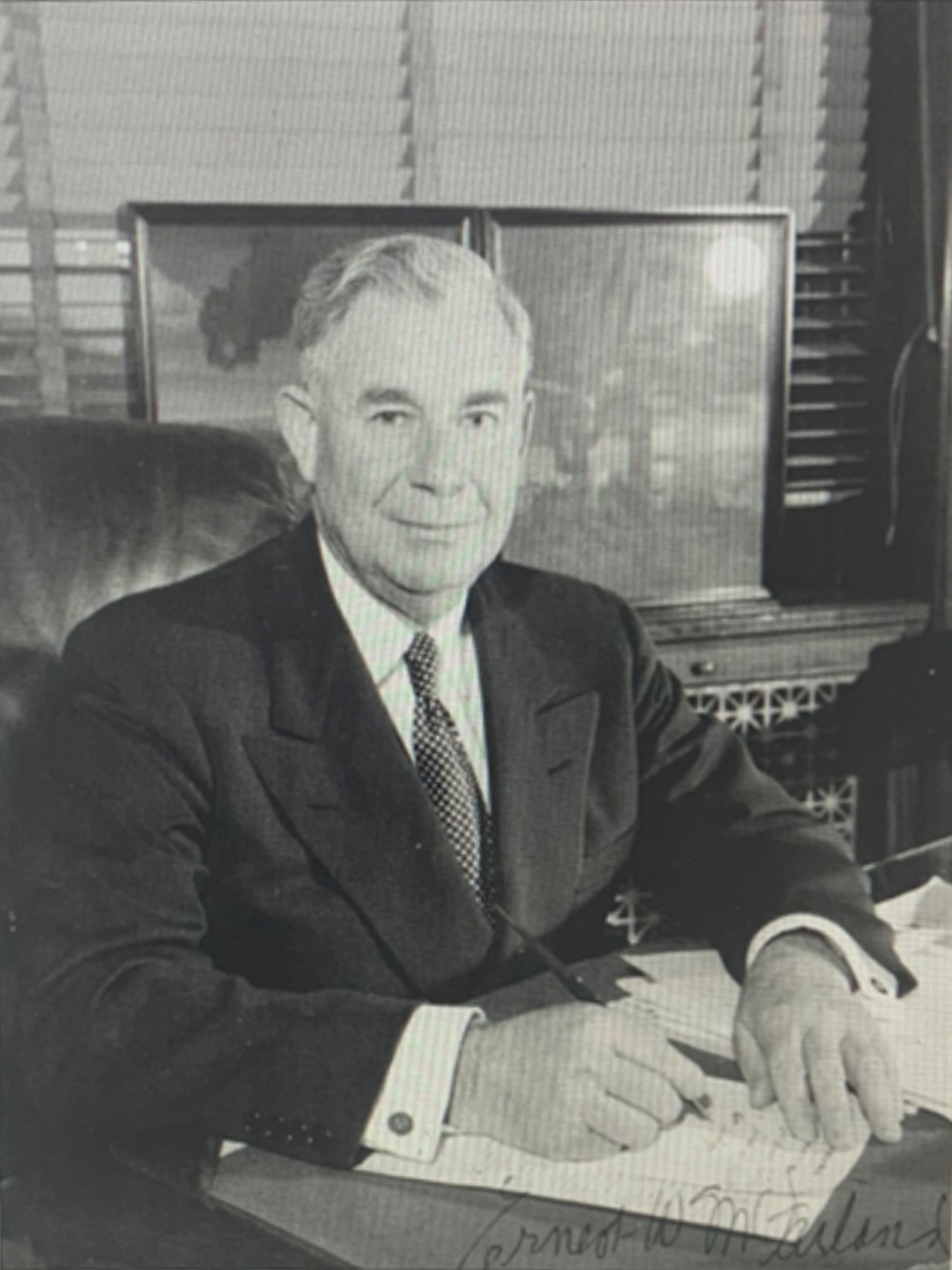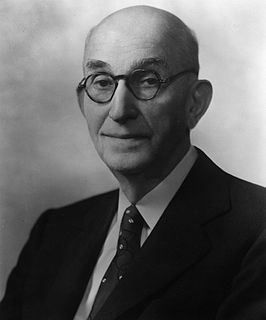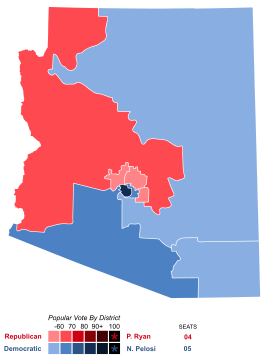| |||||||||||||||||
| Turnout | |||||||||||||||||
| |||||||||||||||||
U.S. Senate election results map. Red denotes those won by Goldwater. Blue denotes counties won by McFarland.
| |||||||||||||||||
| |||||||||||||||||
| Elections in Arizona | ||||||||||
|---|---|---|---|---|---|---|---|---|---|---|
 | ||||||||||
| ||||||||||
| ||||||||||
The 1952 United States Senate election in Arizona was held on November 4, 1952. Incumbent Democratic U.S. Senator and Senate Majority Leader Ernest McFarland ran for re-election to a third term, but was defeated by the Republican nominee and future candidate for President of the United States, Barry Goldwater. [2]

The Democratic Party is one of the two major contemporary political parties in the United States, along with the Republican Party. Tracing its heritage back to Thomas Jefferson and James Madison's Democratic-Republican Party, the modern-day Democratic Party was founded around 1828 by supporters of Andrew Jackson, making it the world's oldest active political party.

The United States Senate is the upper chamber of the United States Congress, which along with the United States House of Representatives—the lower chamber—comprises the legislature of the United States. The Senate chamber is located in the north wing of the Capitol, in Washington, D.C.

The Senate Majority and Minority Leaders are two United States Senators and members of the party leadership of the United States Senate. These leaders serve as the chief Senate spokespeople for the political parties respectively holding the majority and the minority in the United States Senate, and manage and schedule the legislative and executive business of the Senate. They are elected to their positions in the Senate by the party caucuses: the Senate Democratic Caucus and the Senate Republican Conference.
Contents
Goldwater ran an aggressive campaign against the entrenched Democrat, accumulating over fifty thousand air-miles in his travels about the state, during which he delivered more than six hundred speeches. He defeated McFarland in the general election by a slim margin of 6,725 votes out of approximately 260,000 cast, which Goldwater attributed in part to the unpopularity of President Harry S. Truman and the backing of popular Wisconsin Senator Joseph McCarthy. Goldwater also launched a get out the vote effort in the northern part of the state, knowing the margin of victory would be slim, and received support from Republican Party campaign organizations and several prominent party members. [3]

Harry S. Truman was the 33rd president of the United States from 1945 to 1953, succeeding upon the death of Franklin D. Roosevelt after serving as vice president. He implemented the Marshall Plan to rebuild the economy of Western Europe, and established the Truman Doctrine and NATO.

Joseph Raymond McCarthy was an American politician who served as a Republican U.S. Senator from the state of Wisconsin from 1947 until his death in 1957. Beginning in 1950, McCarthy became the most visible public face of a period in the United States in which Cold War tensions fueled fears of widespread Communist subversion. He is known for alleging that numerous Communists and Soviet spies and sympathizers had infiltrated the United States federal government, universities, film industry, and elsewhere. Ultimately, the smear tactics that he used led him to be censured by the U.S. Senate. The term "McCarthyism", coined in 1950 in reference to McCarthy's practices, was soon applied to similar anti-communist activities. Today, the term is used more broadly to mean demagogic, reckless, and unsubstantiated accusations, as well as public attacks on the character or patriotism of political opponents.

"Get out the vote" describes efforts aimed at increasing the voter turnout in elections. In countries that do not have or enforce compulsory voting, voter turnout can be low, sometimes even below a third of the eligible voter pool. GOTV is generally not required for elections when there are effective compulsory voting systems in place, other than perhaps to register first time voters.
The election marked the end of the Senate career of Ernest McFarland, who was first elected in 1940 and had served as co-chairman of the Joint Committee on Navajo-Hopi Indian Administration in addition to Senate Majority Leader. He was later elected Governor of Arizona in 1954 and ran unsuccessfully for his former Senate seat in 1958. [4]

In the United States, a governor serves as the chief executive officer and commander-in-chief in each of the fifty states and in the five permanently inhabited territories, functioning as both head of state and head of government therein. As such, governors are responsible for implementing state laws and overseeing the operation of the state executive branch. As state leaders, governors advance and pursue new and revised policies and programs using a variety of tools, among them executive orders, executive budgets, and legislative proposals and vetoes. Governors carry out their management and leadership responsibilities and objectives with the support and assistance of department and agency heads, many of whom they are empowered to appoint. A majority of governors have the authority to appoint state court judges as well, in most cases from a list of names submitted by a nominations committee.












